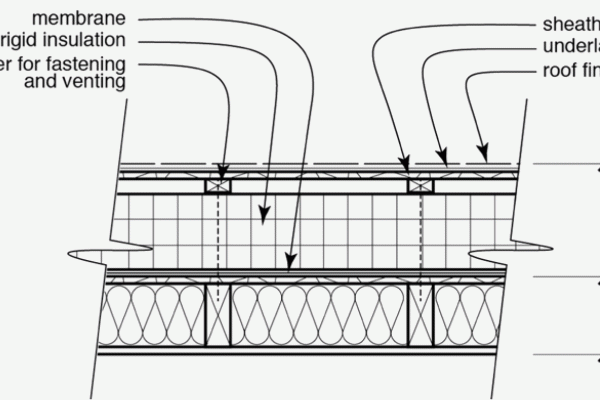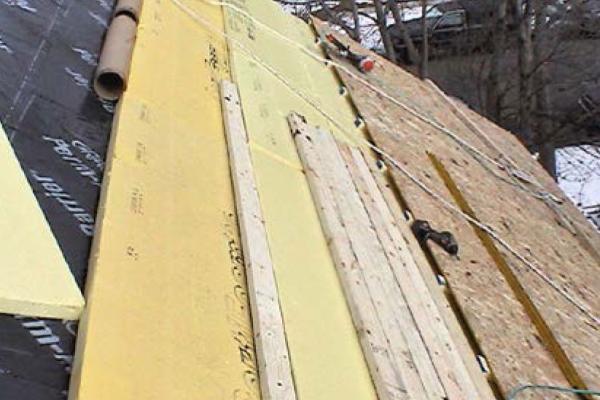
Why insulating on top of a house is better than insulating inside
Ice dams are a huge problem in cold climates.
Primarily caused by heated air escaping the living space, ice dams can work their way under the roofing and into the ceiling and walls of houses.
One-and-a-half story houses, such as Cape Cods, are particularly vulnerable because of the tight roof-to-wall and roof-to-floor intersections.
This Building America case study looks at two 1-1/2-story houses retrofitted with exterior foam on the roof to stop ice dams and improve energy efficiency.
It worked: One house saw a 45% reduction in air leakage; the other, a 20% reduction.
The study compared these homes with big data from the Weatherization Assistance Program results, which averaged an 18% reduction.
Here's what they learned:
-
Exterior roof insulation can improve airtightness significantly without disrupting the home’s interior.
-
Infrared thermal imaging is a great diagnostic tool.
-
It is difficult to air seal 1-1/2-story houses from the inside.
-
Craftsmanship matters—much of the variation in air leakage results can be attributed to the skill of the contractors.
The Source:
NorthernStar Building America Team
More Info:
- Building America Solutions Center: Continuous Rigid Insulation Sheathing/Siding
- Building America Solutions Center: Attic Knee Walls








